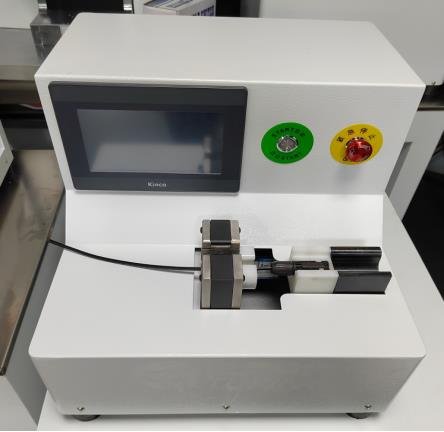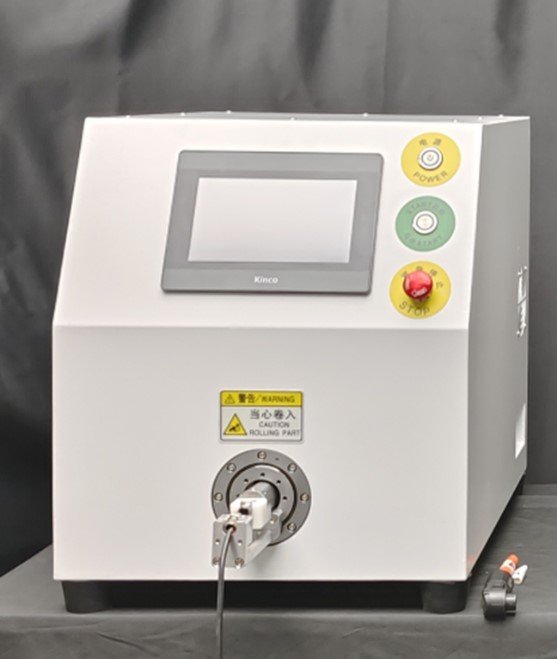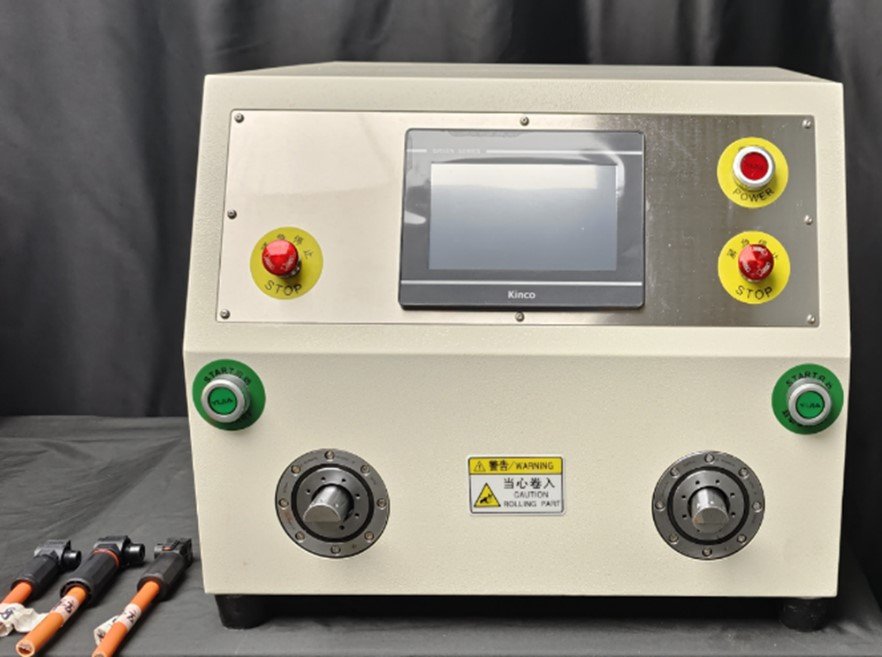Nut Tightening in New Energy Sector
-
 @
Mark Ji
@
Mark Ji
- Last updated
Table of Contents
I. Introduction
The new energy sector is rapidly evolving and playing a crucial role in the global transition towards sustainable energy sources. As the demand for renewable energy increases, so does the importance of ensuring the reliability and safety of the components used in these systems. One often overlooked yet essential element is the nut connector. In this article, we will explore the development of nut connectors, the categories of nuts used in the new energy sector, their applications, nut tightening tools, and look at the future trends in this field.

II. Nut Connector Development
The development of nut connectors in the new energy sector has been driven by the need for reliable and durable connections that can withstand the harsh environmental conditions and mechanical stresses encountered in renewable energy installations. Over the years, there has been significant progress in the design and materials used for nut connectors.
In the early days, traditional nuts and bolts were often used, but these had limitations in terms of corrosion resistance and strength. As the new energy sector grew, specialized nut connectors were developed that offered improved performance. For example, stainless steel nuts with anti-corrosion coatings became popular due to their ability to resist rust and corrosion in outdoor environments.
In addition to material improvements, there have also been advancements in the design of nut connectors. Some connectors now feature locking mechanisms or self-locking features to prevent loosening due to vibrations or thermal expansion. This is particularly important in applications such as wind turbines and solar panels, where vibrations and temperature changes can cause nuts to loosen over time.
Another development is the use of pre-assembled nut connectors that can be quickly and easily installed, reducing installation time and labor costs. These connectors often come with integrated washers and seals, providing a more secure and reliable connection.

III. Categories of Nuts in New Energy Sector
There are several categories of nuts used in the new energy sector, each with its own unique characteristics and applications.
Hex Nuts: These are the most common type of nuts and are widely used in various applications in the new energy sector. They are available in different sizes and materials and can be easily tightened with standard tools.
Flange Nuts: Flange nuts have a wide flange at the base, which provides increased surface area for better load distribution. They are often used in applications where a secure and stable connection is required, such as in the mounting of solar panels.
Lock Nuts: Lock nuts are designed to prevent loosening due to vibrations or dynamic loads. There are several types of lock nuts, including nylon insert lock nuts, prevailing torque lock nuts, and deformed thread lock nuts. These nuts are commonly used in wind turbines and other applications where vibrations are a concern.
Dome Nuts: Dome nuts have a rounded top and are often used for aesthetic purposes or in applications where a low-profile connection is required. They are also less likely to snag on clothing or equipment, making them safer to use in some environments.
Specialty Nuts: In addition to the standard types of nuts, there are also specialty nuts designed for specific applications in the new energy sector. For example, there are nuts with built-in grounding features for electrical connections or nuts with insulation properties for use in high-voltage applications.

IV. Application of Nuts in New Energy Sector
Nuts play a crucial role in various applications in the new energy sector.
Wind Turbines: In wind turbines, nuts are used to connect the blades to the hub, secure the tower sections together, and attach various components such as generators and gearboxes. The reliability of these connections is essential for the safe and efficient operation of the wind turbine.
Solar Panels: Solar panels are typically mounted on racks or frames using nuts and bolts. The nuts must be able to withstand the weight of the panels and resist environmental factors such as wind, rain, and UV radiation. In addition, some solar panel installations use specialized nuts with built-in grounding features to ensure electrical safety.
Electric Vehicles: In electric vehicles, nuts are used to connect various components such as batteries, motors, and controllers. The reliability of these connections is crucial for the performance and safety of the vehicle.
Energy Storage Systems: Energy storage systems such as batteries and flywheels also rely on nuts for secure connections. The nuts must be able to withstand the high currents and voltages involved in these applications and provide a reliable electrical connection.

V. Nut Tightening Tools
To ensure proper installation and tightening of nuts in the new energy sector, specialized tools are often required.
Wrenches: Standard wrenches such as open-end wrenches, box wrenches, and socket wrenches are commonly used for tightening nuts. However, in some applications, specialized wrenches may be required, such as torque wrenches for ensuring accurate tightening torques.
Power Tools: Power tools such as impact wrenches and electric screwdrivers can be used for faster and more efficient tightening of nuts. These tools are often used in large-scale installations where a large number of nuts need to be tightened quickly.
Hydraulic Tools: Hydraulic tools can provide high levels of torque and are often used in applications where very tight connections are required, such as in the construction of wind turbines.
Torque Monitoring Systems: In some applications, it is important to monitor the tightening torque to ensure that the nuts are properly tightened. Torque monitoring systems can be used to measure and record the tightening torque, providing an added level of quality control.

Conclusion
The nut tightening in the new energy sector is a critical aspect of ensuring the reliability and safety of renewable energy installations. As the new energy sector continues to grow and evolve, the demand for advanced nut connectors and tightening tools will also increase. Future trends in this field are likely to include the development of more intelligent nut connectors with built-in sensors for monitoring stress and temperature, the use of automated tightening systems for improved efficiency and accuracy, and the adoption of new materials and designs for enhanced performance and durability. By staying abreast of these trends and investing in research and development, the new energy sector can continue to drive the transition towards a more sustainable future.

